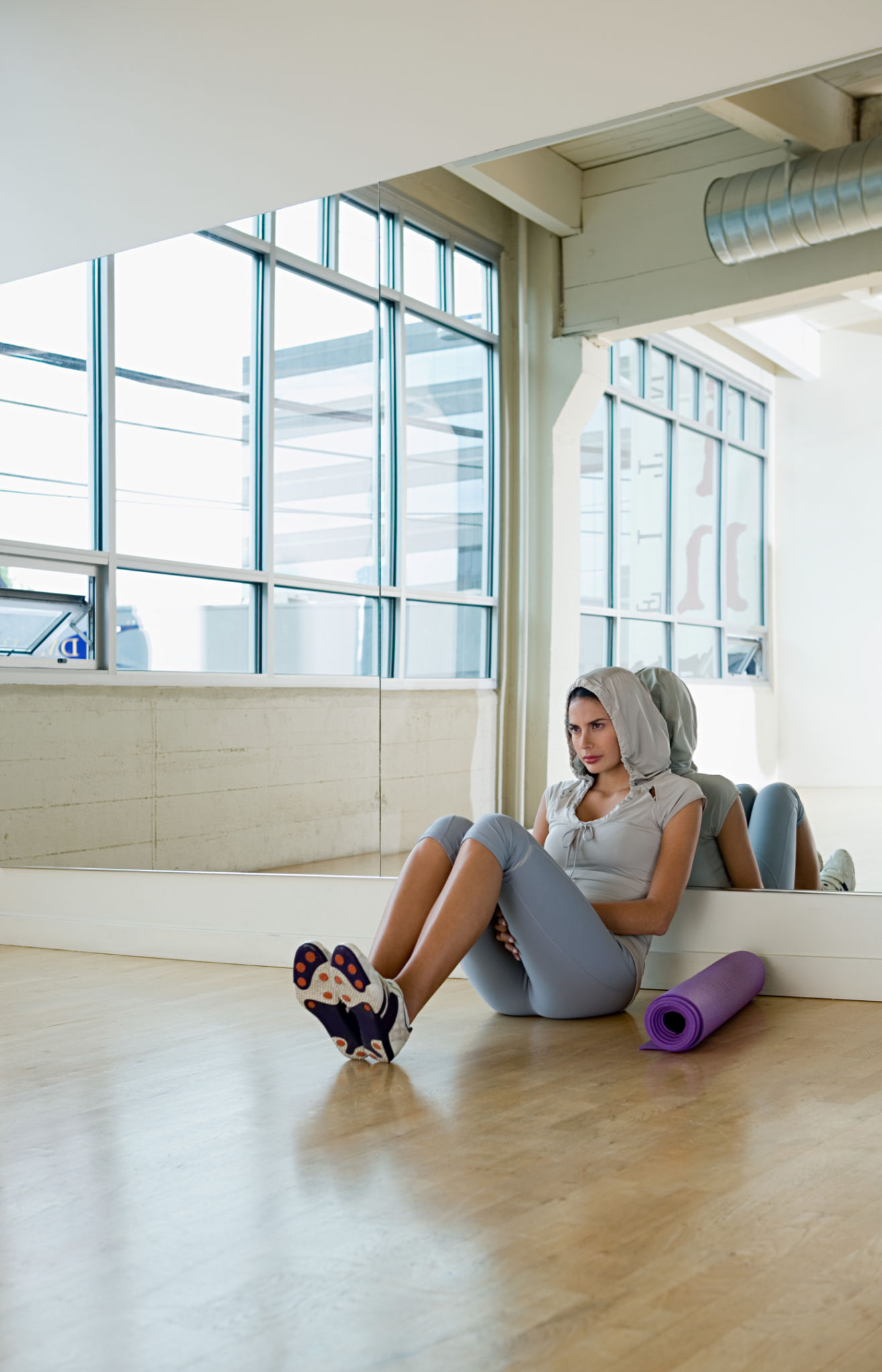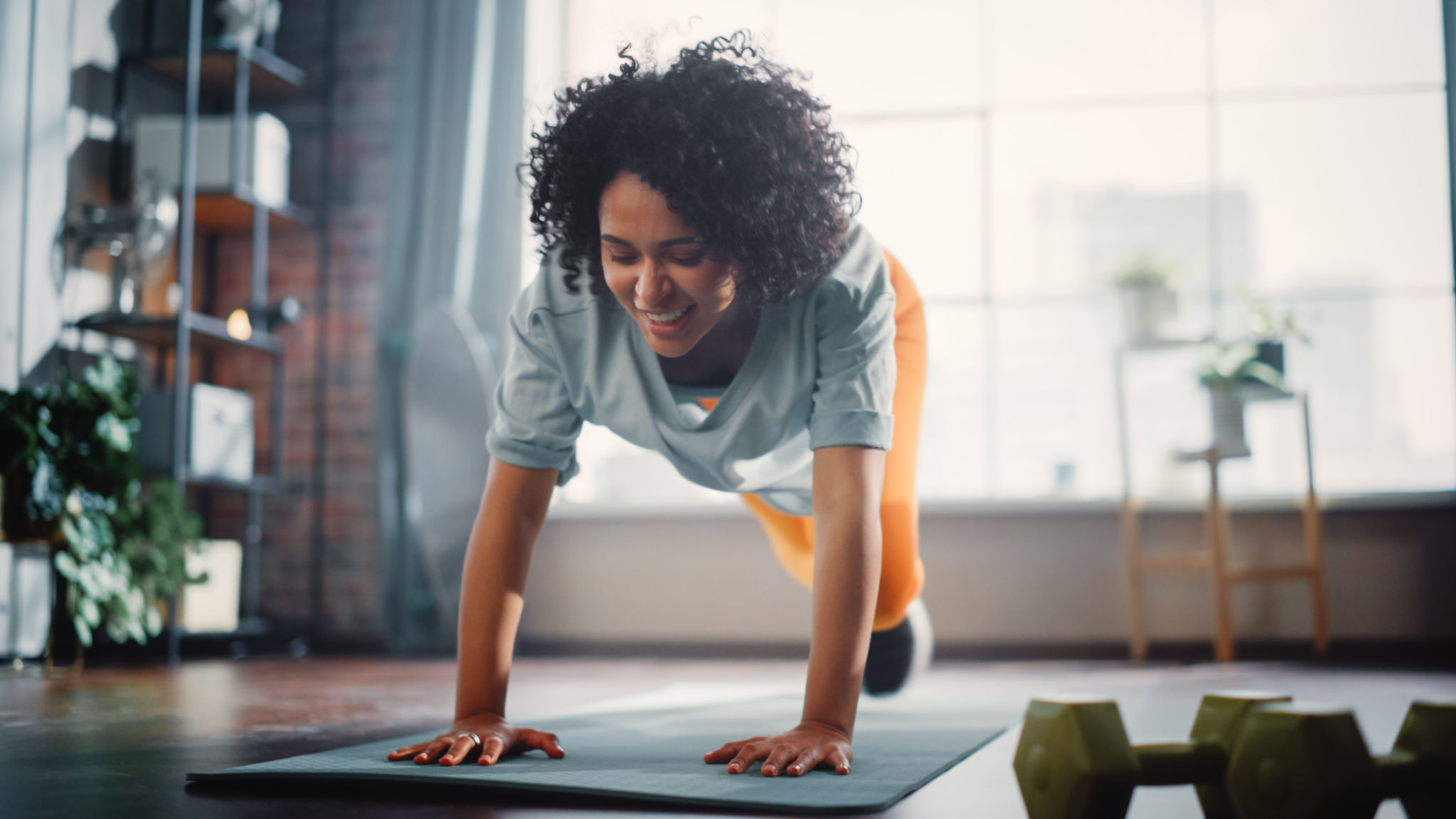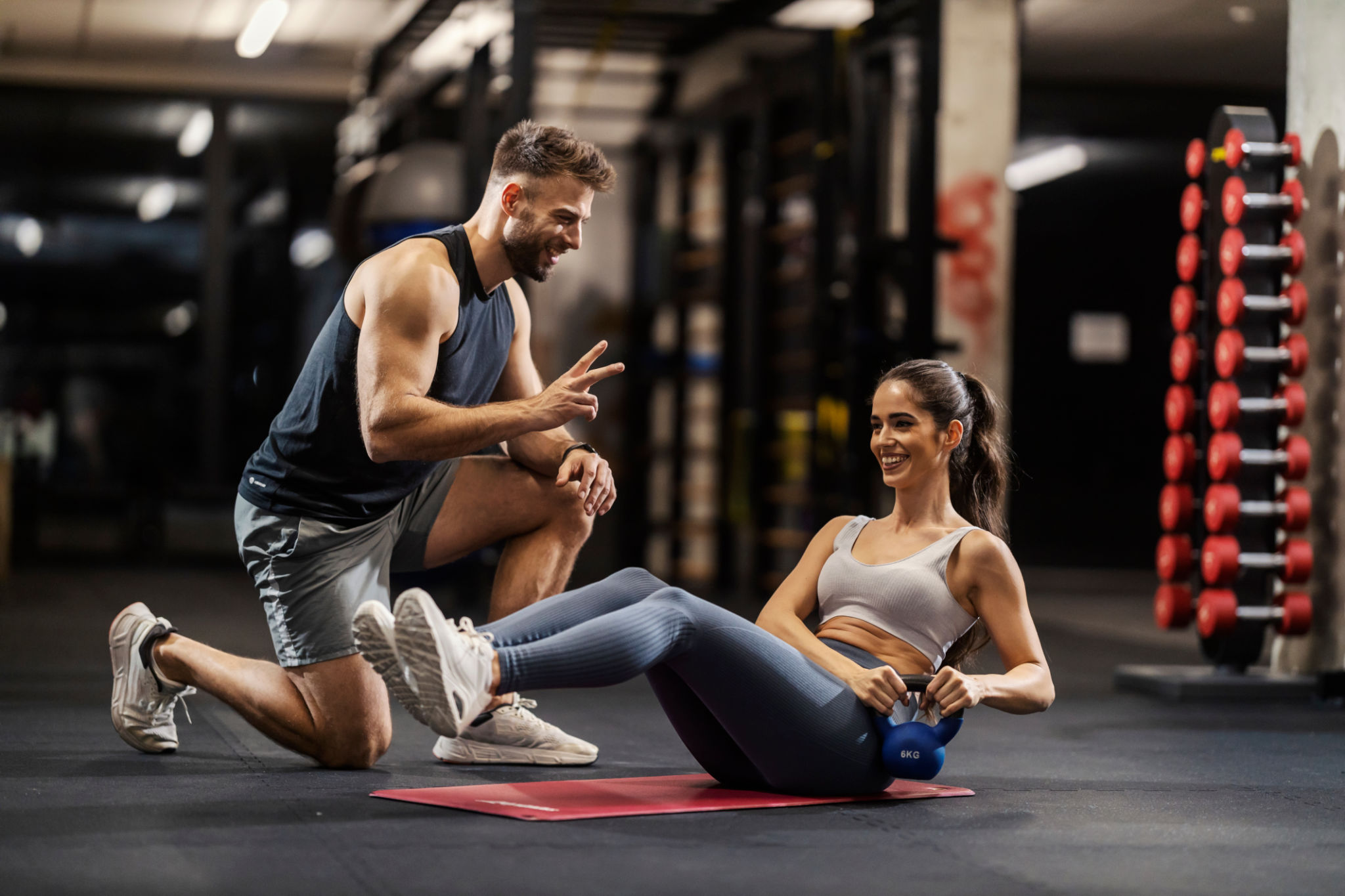Common Misconceptions About Functional Fitness and How to Overcome Them
Understanding Functional Fitness
Functional fitness is a term that has gained popularity in recent years, but it is often misunderstood. At its core, functional fitness refers to exercises that train your muscles to work together and prepare them for daily tasks by simulating common movements you might do at home, work, or in sports. It focuses on building a body capable of doing real-life activities in real-life positions, not just lifting a certain amount of weight in an idealized posture created by a gym machine.

Misconception 1: Functional Fitness Is Only for Athletes
A common misconception is that functional fitness is only beneficial for athletes or those who are already in top shape. However, functional fitness is actually suitable for everyone, regardless of age or fitness level. It helps improve overall strength, balance, coordination, and flexibility, which are essential for daily activities and can prevent injuries.
Misconception 2: It Requires Special Equipment
Another myth is that functional fitness requires specialized equipment. While certain tools like kettlebells and resistance bands can enhance workouts, they are not necessary. Many functional exercises can be performed using just your body weight or everyday objects found at home. This makes functional fitness accessible to everyone, regardless of budget or gym access.

How to Integrate Functional Fitness into Your Routine
Incorporating functional fitness into your daily routine is both achievable and straightforward. These fundamental strategies provide an excellent foundation for beginning your fitness journey:
Begin with Fundamental Movement Patterns: Concentrate on exercises that replicate real-world activities, including squats, lunges, and push-ups. These movements form the cornerstone of functional training by engaging multiple muscle groups simultaneously.
Leverage Bodyweight Training: Utilize exercises such as planks, burpees, and mountain climbers that harness your body's natural resistance. This approach eliminates equipment barriers while providing effective strength and conditioning benefits.
Emphasize Balance and Coordination: Integrate movements that challenge your stability and proprioception, such as single-leg stands, lateral lunges, and dynamic balance exercises. These components are crucial for injury prevention and enhanced athletic performance.
Overcoming the Barriers
To successfully dispel misconceptions and maximize the benefits of functional fitness, it's essential to adopt a strategic approach that prioritizes sustainable progress. Consider implementing these evidence-based strategies:
1. Establish Realistic and Measurable Goals: Begin by conducting an honest assessment of your current fitness level and establishing specific, achievable objectives that allow for gradual progression while maintaining motivation.
2. Invest in Professional Guidance: Engage with a certified trainer who specializes in functional movement patterns to ensure proper form, technique, and program design tailored to your individual needs and limitations.
3. Prioritize Consistency Over Intensity: Sustainable results stem from regular, consistent practice rather than sporadic high-intensity sessions. Integrate functional fitness exercises into your weekly routine as a non-negotiable commitment to your health and well-being.

The Benefits of Functional Fitness
Functional fitness offers numerous benefits beyond physical strength. It enhances mental well-being by boosting confidence and reducing stress levels. Additionally, it improves posture, aids in weight management, and increases overall energy levels. These advantages make it a valuable addition to anyone’s lifestyle.
In conclusion, functional fitness is an inclusive approach to exercise that benefits individuals from all walks of life. By dispelling common misconceptions and embracing its principles, you can enhance your quality of life and achieve a healthier, more balanced body.